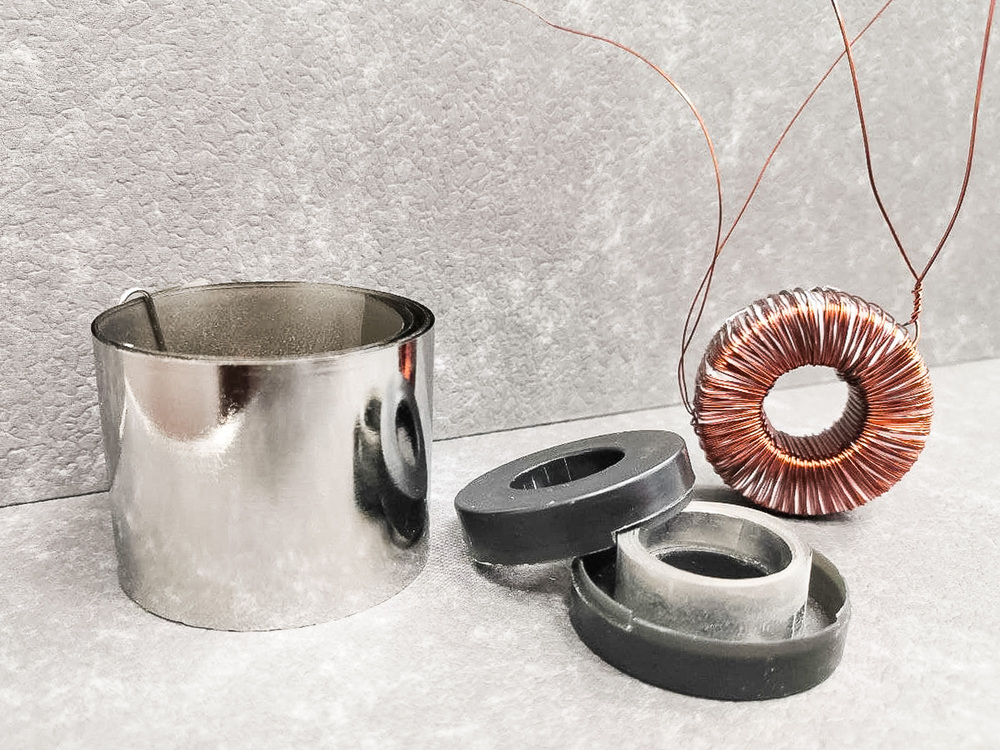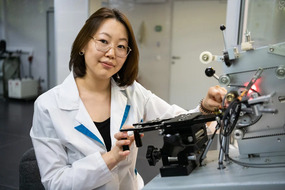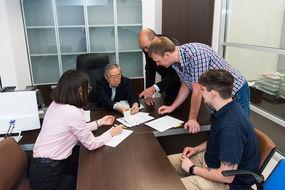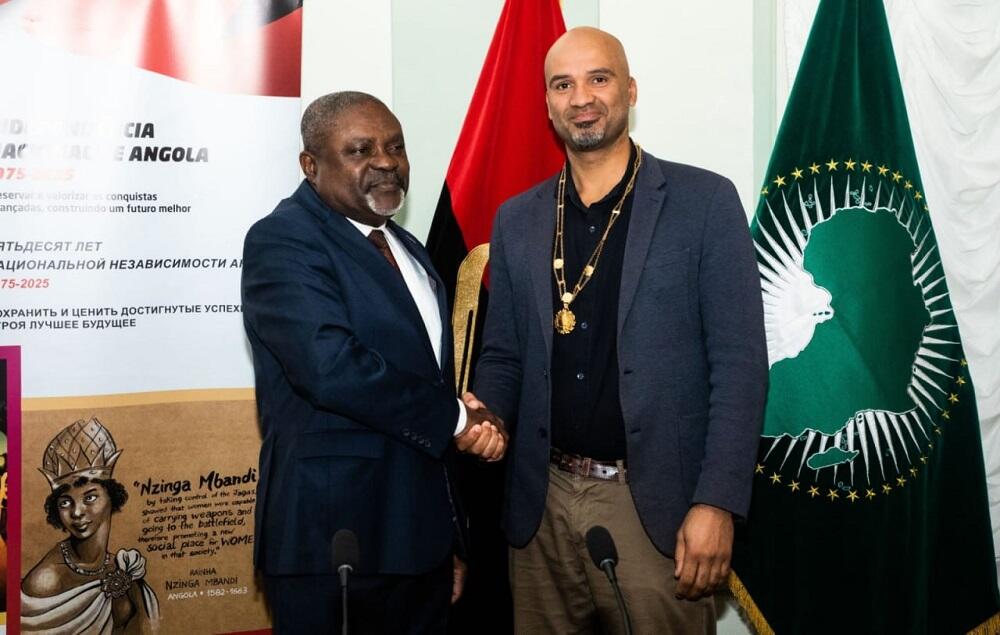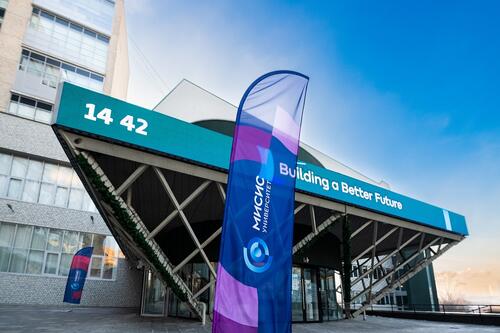NUST MISIS scientists have patented an improved iron-nickel material, which is suitable for the production of electrical devices. Selected examples include such devices, as magnetic cores of high-frequency transformers, inductors, magnetic shields and other electrical devices operating in a wide frequency range of up to 200 kHz and small magnetic fields. On top of that, the new material will make products cheaper to produce due to the use of inexpensive alloying elements. The research findings were published in the Journal of Alloys and Compounds (Q1).
The material proposed by the MISIS University scientists is made in the form of a thin tape. In addition, applying the new material will make electronic and electrical devices cheaper to produce due to the use of inexpensive alloying elements compared to similar cobalt-based soft magnetic materials.
Soft magnetic amorphous alloys have a combination of high magnetic, electrical and mechanical properties. The amorphous state, in which the material has no definite crystalline structure, appears at a high rate of melt cooling, when atoms have no time to generate a crystal lattice. Under the magnetic field influence, such materials are able to easily magnetize and demagnetize.
Among distinctive features of soft magnetic amorphous alloys based on iron and nickel — as opposed to crystalline ones — is a high (about 20%) content of non-magnetic elements, such as boron, silicon, carbon and phosphorus that are necessary to generate an amorphous structure. These materials offer a high magnetic permeability, making them energy efficient.
“It is worth noting that potential advantages of the newly developed alloy include its strong manufacturability thanks to its high glass-forming ability and thermal stability of amorphous material structure, as well as magnetic characteristics comparable to amorphous materials based on more expensive equivalents. Moreover, a wide temperature and time range of heat treatment modes will enable to use this material for producing medium-sized products,” Erzhena Zanaeva, a patent co-author, Ph.D. (Engin.), engineer of the MISIS Advanced Green Materials Laboratory, said.
Moving forward, scientists intend to focus on increasing the saturation induction of amorphous materials, making it possible to reduce the weight of the existing magnetic cores while maintaining their electrical features. The work is being done in the context of the strategic Materials of the Future project under the Priority 2030 program of the Ministry of Science and Higher Education of the Russian Federation (project No. K2-2022-001).
